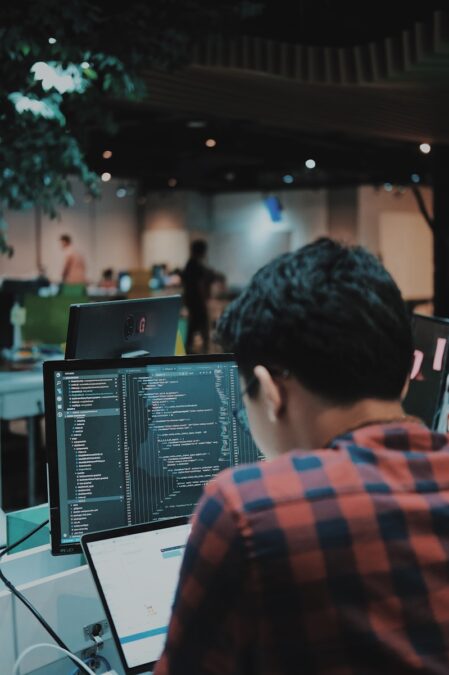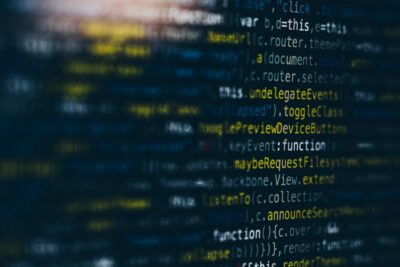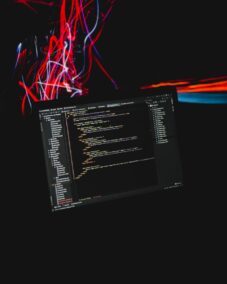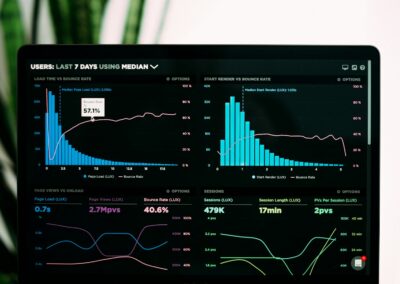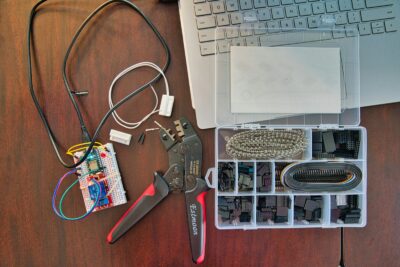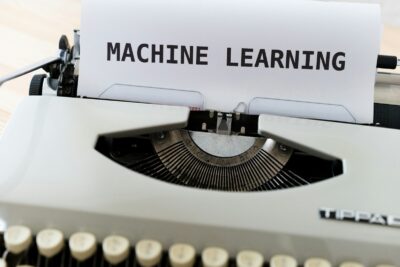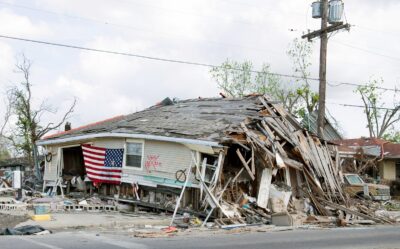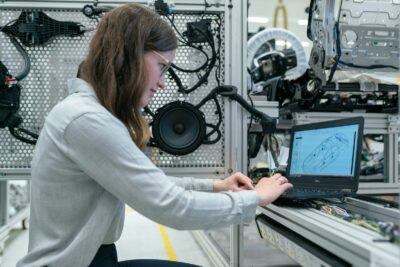Leveraging AI to Enhance Disaster Response and Recovery
Introduction to Machine Learning in Damage Analysis
The application of machine learning algorithms in damage analysis has revolutionized the way we assess and respond to disasters. By processing large volumes of data and identifying patterns of damage, machine learning enhances the accuracy and efficiency of disaster response efforts. This technological advancement is particularly critical in regions like Saudi Arabia and the UAE, where rapid urbanization and diverse environmental conditions pose significant challenges to disaster management.
In Saudi Arabia, cities such as Riyadh are increasingly adopting machine learning technologies to improve their damage assessment capabilities. By analyzing data from various sources, including satellite imagery, social media, and sensors, machine learning algorithms can provide real-time insights into the extent of damage caused by natural or man-made disasters. This enables authorities to prioritize response efforts, allocate resources effectively, and minimize the impact on affected communities.
Dubai, known for its commitment to technological innovation, is also leveraging machine learning to enhance its disaster management strategies. The city’s Smart Dubai initiative integrates advanced technologies to improve urban resilience. Machine learning algorithms play a pivotal role in this initiative by analyzing data from different sectors and providing actionable insights for disaster response and recovery. This proactive approach ensures that Dubai remains prepared for any potential disaster, protecting its residents and infrastructure.
Artificial Intelligence and Machine Learning in Damage Analysis
Artificial Intelligence (AI) and machine learning are transforming the field of damage analysis by enabling more precise and comprehensive assessments. AI algorithms can process vast amounts of data from various sources, including drones, satellites, and ground sensors, to identify patterns of damage. This capability is particularly beneficial in regions like Saudi Arabia and the UAE, where large-scale infrastructure projects and diverse environmental conditions require sophisticated damage assessment tools.
In Riyadh, AI-powered damage analysis systems are being used to monitor and evaluate the impact of natural disasters, such as floods and earthquakes. These systems utilize machine learning algorithms to analyze data in real-time, providing detailed reports on the extent of damage and the areas most affected. This information is crucial for emergency response teams, enabling them to deploy resources more effectively and expedite recovery efforts.
Dubai’s adoption of AI and machine learning in damage analysis is part of its broader strategy to become a global leader in smart city technology. The city’s AI-driven systems continuously learn from new data, improving their accuracy and predictive capabilities over time. This dynamic approach ensures that Dubai can quickly assess damage and implement effective response strategies, minimizing the impact of disasters on its residents and infrastructure.
Blockchain Technology in Damage Analysis
Blockchain technology offers significant benefits for damage analysis by ensuring the integrity and security of data. In disaster management, the accuracy and reliability of information are paramount. Blockchain provides a decentralized and tamper-proof ledger that records all data and transactions, ensuring transparency and trust among all parties involved. This technology is particularly useful in regions like the UAE and Saudi Arabia, where data security is a top priority.
In Riyadh, blockchain technology is being integrated with damage analysis systems to enhance data integrity and collaboration among various stakeholders. By creating a secure and immutable record of all data inputs and analysis results, blockchain ensures that the information used in damage assessments is accurate and trustworthy. This level of data security is crucial for making informed decisions during disaster scenarios, where timely and reliable information can significantly impact the effectiveness of response efforts.
Dubai’s exploration of blockchain technology in damage analysis further demonstrates its commitment to innovation in disaster management. The city’s blockchain strategy aims to enhance the transparency and accountability of data used in damage assessments. By adopting blockchain, Dubai can ensure that all stakeholders, including government agencies, emergency services, and the public, have access to accurate and reliable information. This approach not only improves data security but also fosters trust and collaboration among all parties involved in disaster management.
Leadership and Project Management in Implementing Machine Learning
Effective leadership and project management are crucial for the successful implementation of machine learning in damage analysis. Business executives, mid-level managers, and entrepreneurs in Saudi Arabia and the UAE must possess the skills and knowledge to drive these initiatives forward. This involves understanding the technical aspects of machine learning, AI, and blockchain, as well as the ability to lead cross-functional teams and coordinate efforts across various sectors.
In Riyadh and Dubai, where technological innovation is a key driver of economic growth, leaders must prioritize the adoption of machine learning into their strategic planning processes. This includes investing in training programs for staff, fostering partnerships with technology providers, and staying abreast of the latest developments in the field. By cultivating a culture of innovation and continuous improvement, leaders can ensure that their organizations are well-prepared to address the challenges posed by disasters.
Project management skills are equally important in this context. The deployment of machine learning systems for damage analysis requires careful planning, execution, and monitoring. Project managers must be adept at managing resources, timelines, and stakeholder expectations, ensuring that projects are delivered on time and within budget. This is particularly relevant in the Middle East, where large-scale infrastructure projects are common, and the stakes are high.
Conclusion: Building Resilient Communities through Technology
The integration of machine learning in damage analysis represents a significant advancement in enhancing disaster preparedness and response. By leveraging AI and blockchain, Saudi Arabia and the UAE can improve their ability to assess and mitigate the impact of potential disasters, protecting their urban and rural environments and ensuring the safety of their residents. The proactive adoption of these technologies underscores the commitment of these nations to innovation and resilience.
Leadership and project management skills are essential for the successful implementation of machine learning. Business executives, mid-level managers, and entrepreneurs must be proactive in adopting and promoting these technologies within their organizations. By doing so, they can contribute to building resilient communities that are capable of withstanding the challenges posed by natural and man-made disasters.
In conclusion, the strategic use of machine learning in damage analysis offers a powerful tool for enhancing disaster preparedness and response. With the right leadership, management skills, and technological innovations, Saudi Arabia and the UAE can lead the way in creating safer, more resilient environments for their citizens.
#MachineLearning #DamageAnalysis #SaudiArabia #UAE #Riyadh #Dubai #ArtificialIntelligence #ModernTechnology #BusinessSuccess #Leadership #ProjectManagement

